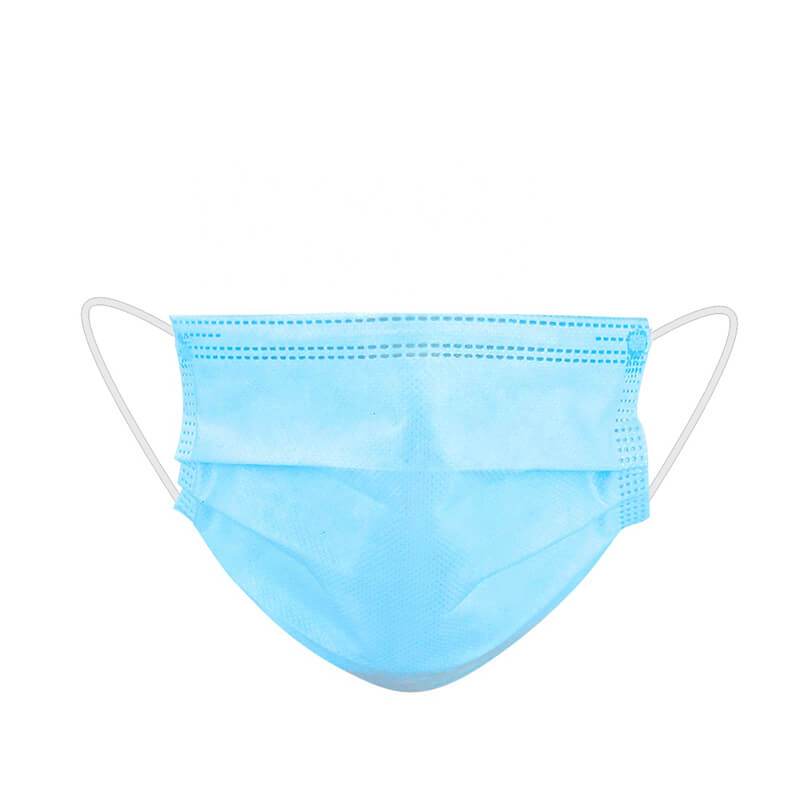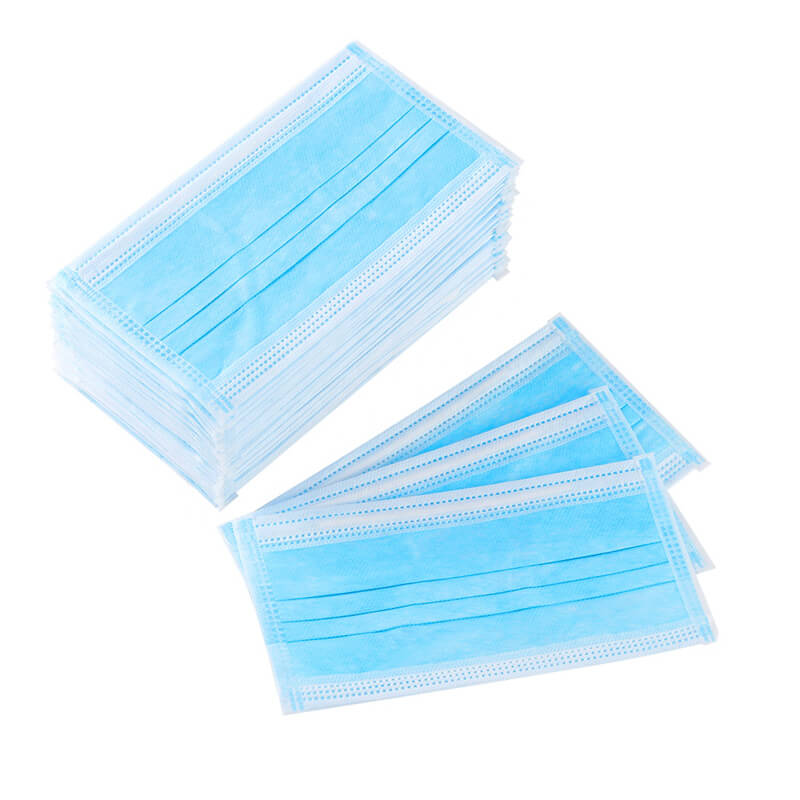2022/03/17 / By hqt / Tags:
Who should use surgery face mask?
Surgery face mask act as a physical barrier to the release of these droplets into the air when coughing, sneezing and even during conversations. Its use is especially important in places where it is not possible to maintain a minimum safety distance. Despite its effectiveness, its use must be accompanied by other protective measures such as frequent hand cleaning and physical distancing of 2 meters from other people.
Is wearing a mask enough to prevent the epidemic?
To prevent the COVID-19 epidemic, just wearing a mask is not enough, it needs a full combination and at the same time many other measures such as:
Wash your hands often with soap/soap/quick hand sanitizer and clean water, especially after coughing and sneezing. You can use surgery face mask after handling, grasping, or coming into contact with potentially hazardous items such as elevator buttons, door handles, stair handrails, and handrails; after going to the toilet; After cleaning the child; Before eating; When hands are dirty, before entering and after leaving the service area.
IS THERE ANY PROOF OF THE EFFECTIVENESS OF MASKS?
Yes, several studies on this have been published over the months of the pandemic. According to the WHO, in scenarios, where there is community transmission, there is an indication of the use of masks whenever people go out to collective environments outside the home.
In addition, in June, a meta-analysis on the use of masks and other protective measures was published in one of the best-known medical journals in the world.
HOW TO PROPERLY USE YOUR MASK?
To use your mask correctly, follow the steps below:
- sanitize your hands before putting on the mask;
- Make sure the mask is in good condition and does not contain any holes or tears. Damaged masks should not be common;
- place it so that it covers the nose, mouth and chin, without leaving empty spaces on the sides;
- avoid touching the mask while wearing it, especially on the front;
- change the mask if it gets wet or dirty;
- sanitize your hands again before taking off the mask;
- remove it using the elastics or ropes, avoiding contact with the front of the mask;
- Perform hand hygiene again with soap or alcohol solution of at least 60% concentration.
To sanitize your surgery face mask:
- the best option is to wash it with detergent or soap and hot water (at least 60ºC) daily;
- If this is not possible, you can soak it in a 0.1% chlorine solution (one tablespoon per liter) for 1 minute and rinse it or wash it in water at room temperature and, after washing, boil for 1 minute.
To reuse masks when they are not damp or dirty, place them in a clean, disposable plastic bag that does not come in contact with other surfaces. Always hold them by the elastics.
The use of protective masks to prevent covid-19 is of great importance in a scenario of growing contagion. It is essential to know how surgery face mask should be made and how they should be common.
Now that you already know this information, how about sharing it with your friends and family and helping in the fight against covid-19?!
In particular, the masks in question can be classified into four types (I, IR, II and IIR) on the basis of certified effectiveness.
Once these tests have been passed, the devices are in compliance with the EN 14683 standard, which precisely establishes whether they can be placed on the market and with what degree of effectiveness.
Three-ply surgery face mask
As anticipated, there are various types of surgical masks, more precisely 4, which differ according to the degree of effectiveness and resistance that they have demonstrated during the examination phase.
As regards type I surgery face mask, the effectiveness rate amounts to 95%, while for type II masks it is 98%.
With the addition of the R in the code, it certifies a greater resistance to splashes of fluids and liquids.
In recent years, during the COVID-19 pandemic, we have had to learn to live with these devices on a daily basis, the use of which has significantly limited the spread of the virus.
The main strength of this type of masks lies precisely in the high ability they have to prevent the circulation of the virus in the air.
Why choose a surgical mask?
Let's see together the situations in which this device best expresses its efficiency.
As we have said, the optimal condition for using this type of mask occurs when the user aims to protect those around him, and not the other way around.
Use surgery face mask properly when going to a public place and immediately dispose of the mask after use in the trash. Absolutely do not spit indiscriminately. Clean respiratory tract, clean environment around contact surfaces. For children, they must be vaccinated with vaccines on time to strengthen their immunity against disease.
What is the correct way to wear a mask?
Masks only work to prevent disease if used correctly. Wearing a mask the wrong way not only wastes money, but also loses its protective effect, increasing the risk of disease transmission. The correct way to wear a mask is as follows:
For surgery face mask, wear the darker side out, the lighter side facing in, the aluminum clip facing up. When wearing, must cover both nose and mouth. Do not touch the mask surface with your hands while wearing it. Do not remove the mask when communicating, coughing or sneezing in public.
When removing the mask, just hold the strap over the ear to remove it. Do not use a dirty mask. For medical masks, use only 1 time and then dispose of them in a safe, covered trash can.
When should you not wear a mask?
Masks should not be worn for: Children under 2 years old; anyone having trouble breathing; any person who is unconscious, incapacitated or unable to remove a mask on their own without assistance.
People should not wear surgery face mask when participating in activities that can cause the mask to get wet, such as when swimming at the beach or swimming pool. Wet masks make it difficult to breathe. For activities like swimming, it is especially important to maintain distance from others while in the water.
People who are engaged in intense activity such as running may not need to wear a mask, if it makes them feel short of breath. If wearing a mask is not possible, consider doing the activity in a location with better ventilation and air exchange (for example, outdoors instead of indoors) and where it is possible to maintain distance from others.




